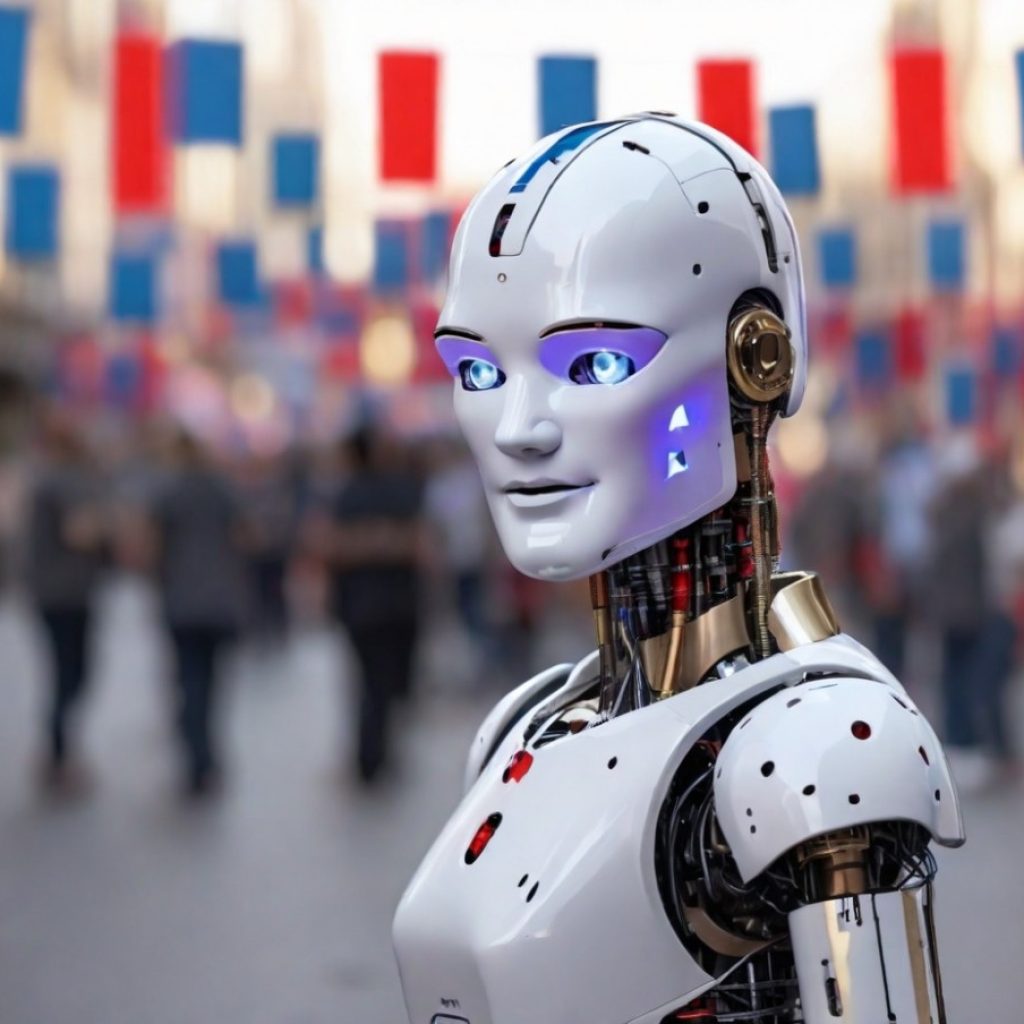As we step into 2024, the apprenticeship landscape is evolving rapidly, influenced by technological advancements and changing political landscapes. Jonathan Fitchew, a prominent voice in the field of education, shares his insights on the future of apprenticeships, shaped by the advent of AI and new policy directions.
AI as a teaching aide
The introduction of OpenAI’s ChatGPT in November 2022 marked a significant milestone in educational technology. Large Language Models (LLMs) like ChatGPT have emerged as powerful educational tools, especially beneficial for apprenticeships. These AI models offer personalized learning experiences by adapting to individual schedules, workloads, and learning styles. Their ability to provide instant, accurate responses and generate relevant questions makes them invaluable for apprentices, who typically balance work and study.
Virtual tutors in training
Training providers are increasingly recognizing the value of AI as a cost-effective, individualized tutoring solution. With AI’s continuous availability and adaptability, apprentices in 2024 are likely to experience a more integrated and efficient learning process.
The traditional, generalized approach to apprenticeships is giving way to specialized, company-specific programs. These bespoke apprenticeships are designed to align closely with the unique requirements and values of businesses, fostering a more engaging and effective learning environment. This shift not only enhances skill relevance and career readiness but also improves job satisfaction.
Changes to the levy
The apprenticeship levy, a topic of ongoing political debate, faces potential transformation. Labour’s proposal to convert it into the ‘Growth and Skills’ levy includes creating a new body, Skills England, and allowing more flexible fund allocation. However, there’s concern that such changes might reduce apprenticeship uptake. Labour has countered this by promising additional support for SMEs. The future of government funding in apprenticeships remains uncertain, pending policy details.
Emphasis on soft skills
There’s a growing realization of the soft skills gap among university graduates, particularly as workplaces become more technical. Apprenticeships, with their practical learning approach, are well-suited to address this gap. The integration of soft skills like communication, emotional intelligence, and teamwork into apprenticeship programs is increasingly crucial.
The rapid advancement of workplace technology necessitates educators in apprenticeships to have higher technical proficiency. To meet this need, industry experts and partnerships with private sector firms are becoming essential to ensure that teaching methods and curriculum remain current and relevant.
Changing demand for Skills
Digital and technical skills like data analysis, software development, and digital marketing continue to be in high demand, with a significant portion of the workforce lacking these competencies. As AI becomes more integrated into workplaces, skills that complement and enhance AI technologies are becoming increasingly vital. This trend is expected to create new apprenticeship opportunities in related fields.
The apprenticeship sector is poised for another dynamic year in 2024. With AI transforming learning methods, the rise of bespoke apprenticeships, evolving government policies, the growing importance of soft skills, the need for technically adept educators, and shifting skill demands, the landscape of apprenticeships is set for significant changes. These developments promise to enhance the effectiveness and relevance of apprenticeships, preparing the workforce for the challenges of a rapidly evolving professional world.
As the world of apprenticeships continues to evolve with these trends, it remains essential for educators, employers, and apprentices alike to stay informed and adaptable. The year 2024 promises to be a pivotal one in shaping the future of vocational education and training.





